Iuban Wildlife Preserve
An Oasis of Nature
When I was young, I took a trip to Iovia. My father took us on a hike through the forests, pointed out the different species of bug, showed us how to drink from the quercus leaves, helped us identify the various songs of the auiantum. Its all farmland now. Soon, forests like those might be gone forever. Unless we do something.Originally the home of a wealthy Noble, the Iuban Wildlife Preserve is a well-cared-for island just off of Sayles. Syra Iuba, who was nearing the end of his life and had no family to speak of, bought a large plot of land on the island just off of Sayles from House Noclucor and spent the rest of his life turning it into a garden. When he died, he left the entirety of the estate to the gardeners he employed, who House Noclucor let form a Clan. The Arbor Guard, as they named themselves, continued Mr. Iuba's legacy to this day, slowly buying up more land and letting the forest reclaim the buildings. Today, the island is a carefully maintained microcosm of the various wilds found throughout the Blue. The Arbor Guard has even managed to conserve some species of plants and animals that were being pushed to extinction on their native islands or areas.
Map of the IWP:
Geography
Though originally a hilly forest indistinct from the rest of the geography of Sayles, the island has been slowly changed into four distinct areas, each with their own biome and carefully regulated. While mostly artificial, the Arbor Guard has taken great care to match the landscape of the areas they have copied.Plains
The northwestern most tip of the island has been leveled into a plain, and populated with the tall and dry grasses of Boreana. Solitary trees provide some shade, and a small watering hole can be found in the center.Temperate Forest
The original natural landscape of the island, the forest covers a large portion of the north eastern side of the island. Gentle hills small clearings dot the landscape, and a small brook can be found in one area. The brook is very slow, and flows only because of a series of pumps and filtration devices.Coniferous Forest
An incredibly rare sight in the modern day, these forests used to cover the slopes of the mountains found throughout the Blue. However, constant strip mining has destroyed almost all of these areas. The Arbor Guard employs a large number of Waterblood, Greenblood and Flameblood simply to keep this southernmost portion of the island the proper temperature, moisture, give the soil the required nutrients, and more, for this area to thrive.Cliffs
The least visually stunning area but nonetheless an important part of the ecosystem, the southwestern coast of the island is modeled after the underside of many islands in the Blue, which are home to many species of animals and brushes.Flora and Fauna
Because of the extreme biodiversity found on on the IWP, this section only lists some of the most commonly found plants an animals.Flora
- Quercus: These trees are very common throughout the Blue, making up a large portion of the forests. Its distinctively shaped leaves curl into a bowl during rainstorms, and can hold water like that for weeks as it is slowly absorbed.
- Acer: The other very common tree, its leaves turn bright colors during the early days of Nadir, painting the forests with vibrant reds, yellows, and oranges. It stores lots of energy in its sap, which if harvested at the end of Zenith, is very sweet.
- Setthim:Usually found dotting the plains of Boreana, this tree tends to grow low to the ground to avoid being uprooted by the strong winds that rush across the island. Here, they can grow up to two stories tall.
- Salice: Native both the warmer and colder forests of the Blue, these trees' wispy branches form a protective sheet to keep out the Plumix.
- Picea: Only found on the sides of mountains, this tree's needle-like leaves are incredibly sharp and sturdy, capable of piercing bare skin. The auiantum make their nests in its branches, eating the plumix in return for the provided safety from the accipiter.
- Abies: Another rare conifer, this trees needles are long and very soft, and a favorite nest-making material of the selxas.
- Altherba: This very tall grass is common on the islands around Boreana, and its roots weave together into a thick cloth that helps keep the dry soil from shaking loose and falling into the depths.
- Rupide: With few animals in the Blue, the berries of this bush usually grow to the size of a child's fist. Here, however, they are more often fingernail-sized.
- Iperor: This bush can be found on the cliffs of many of the Blue's mountains, its roots breaking open rocks and climbing into the cracks.
Fauna
- Pramus: This small mouse can be found making warrens underneath the roots of most trees, feasting on the seeds and fruits that drop from its branches. Great care has to be taken to make sure that they do not spread into the fields on the northwestern side of the island, because they will devour every inch of altherba.
- Lepus: These small herbivores both make their nests in and largely feed off of altherba, but much slower than the pramus can. They have excellent hearing, able to hear the smallest vibrations in the ground from several hundred feet away, and it is thought that they can communicate through rhythmic thumping of their hind paws.
- Auiantum: These small brown birds are not native to the majority of islands in the Blue, only to the colder and more mountainous ones, but because of the wonderfully melodic chirping sounds they make they are sought after as common pets. Quite clever, the auiantum population on the IWP has been known to recognize members of the Arbor Guard that have given them food in the past and pester them for more.
- Accipiter: A small bird of prey, the accipiter is commonly found on most every island but in small numbers. Obligate carnivores, each island can only support one or two families worth of birds, and in order to mate the males must fly great distances to the nearby islands. They do not have any idea of where the islands are, and so set off in a random direction. Many birds die before ever reaching new land, but the number of hatchlings more than enough makes up for it. The accipiter can have clutches of up to 30 eggs, of which usually only one or two will be female.
General Information
Alternative Name: IWPLocation Under: Sayles
Owning Organization: The Arbor Guard



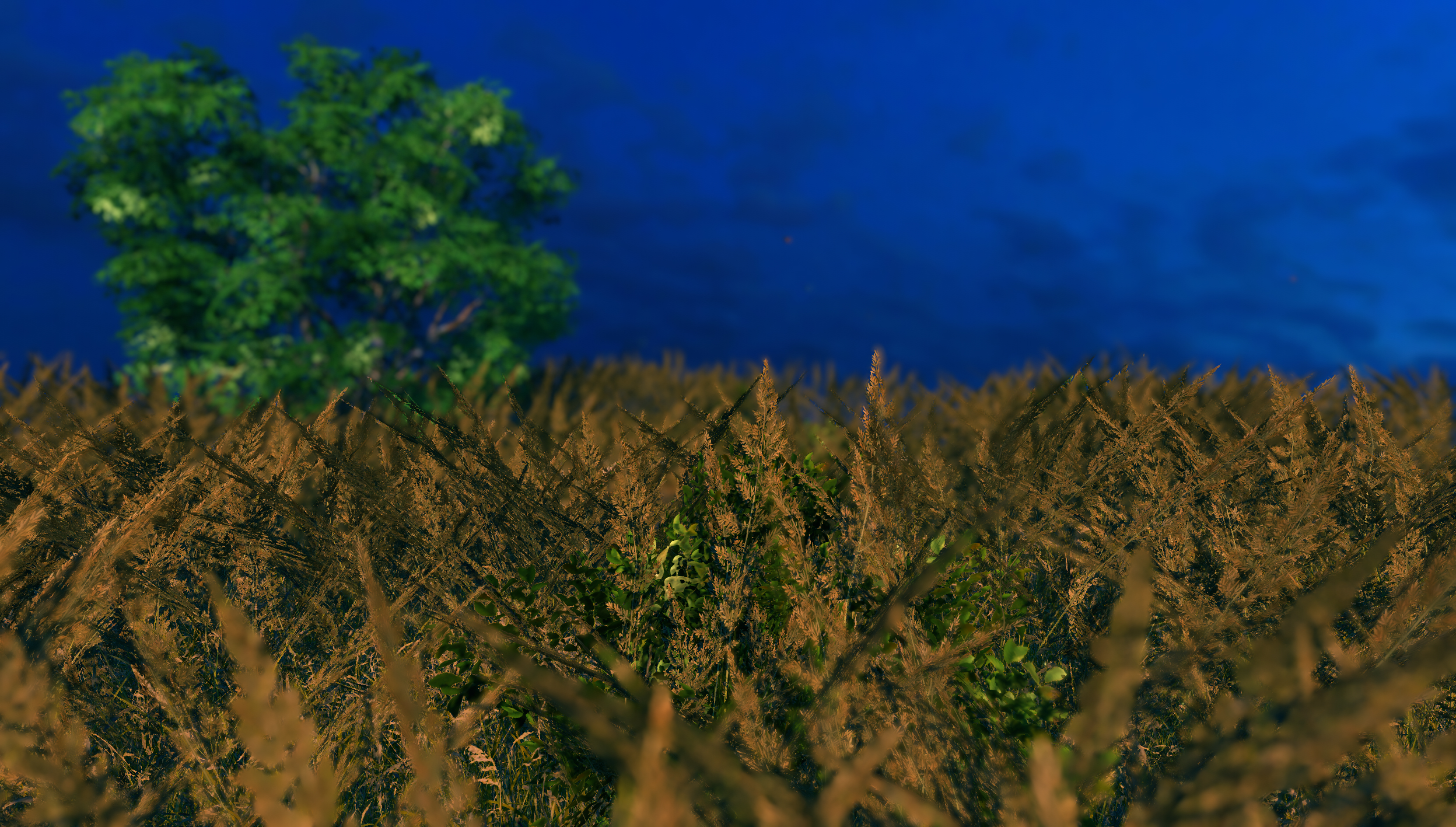
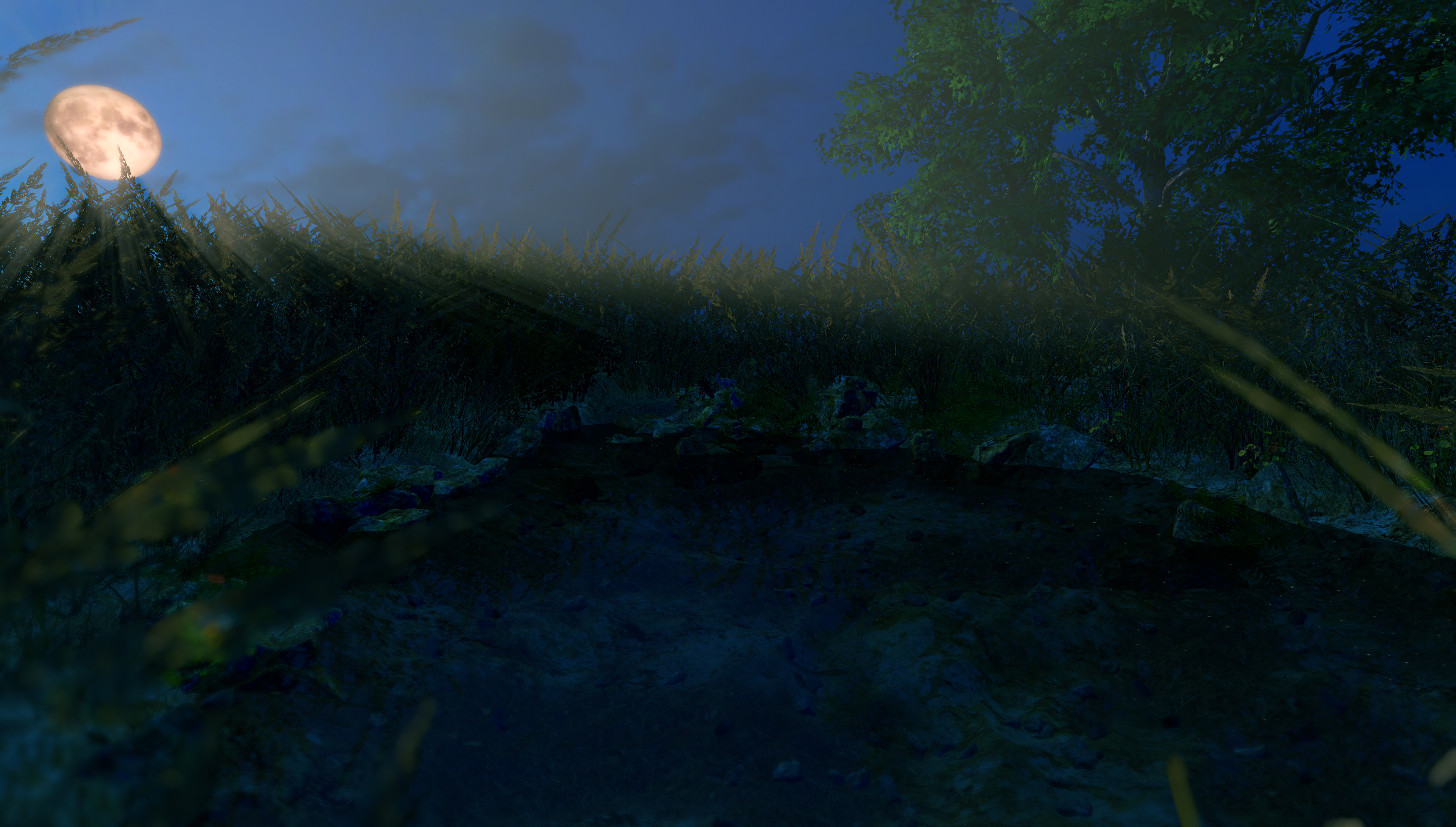
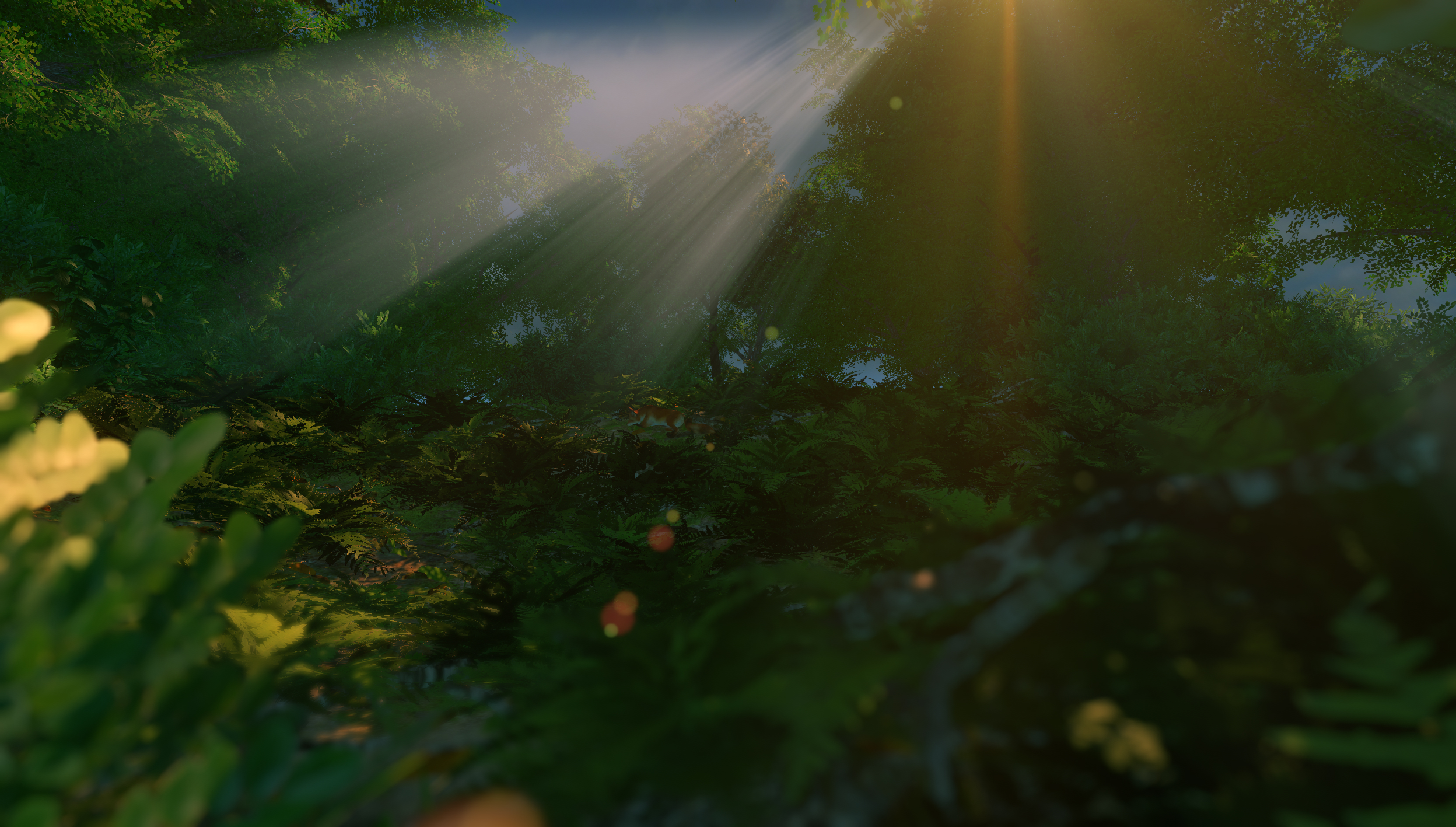
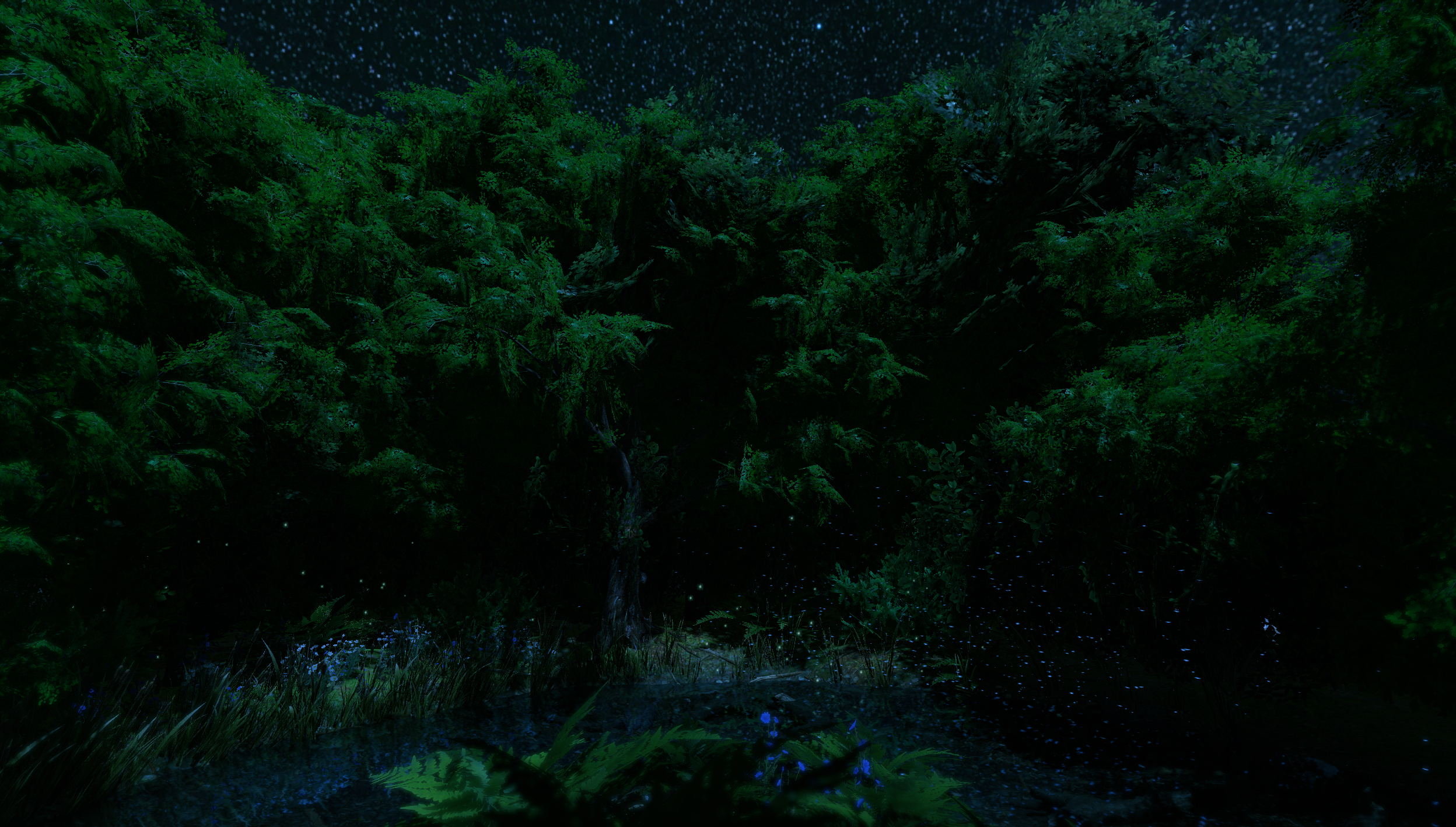
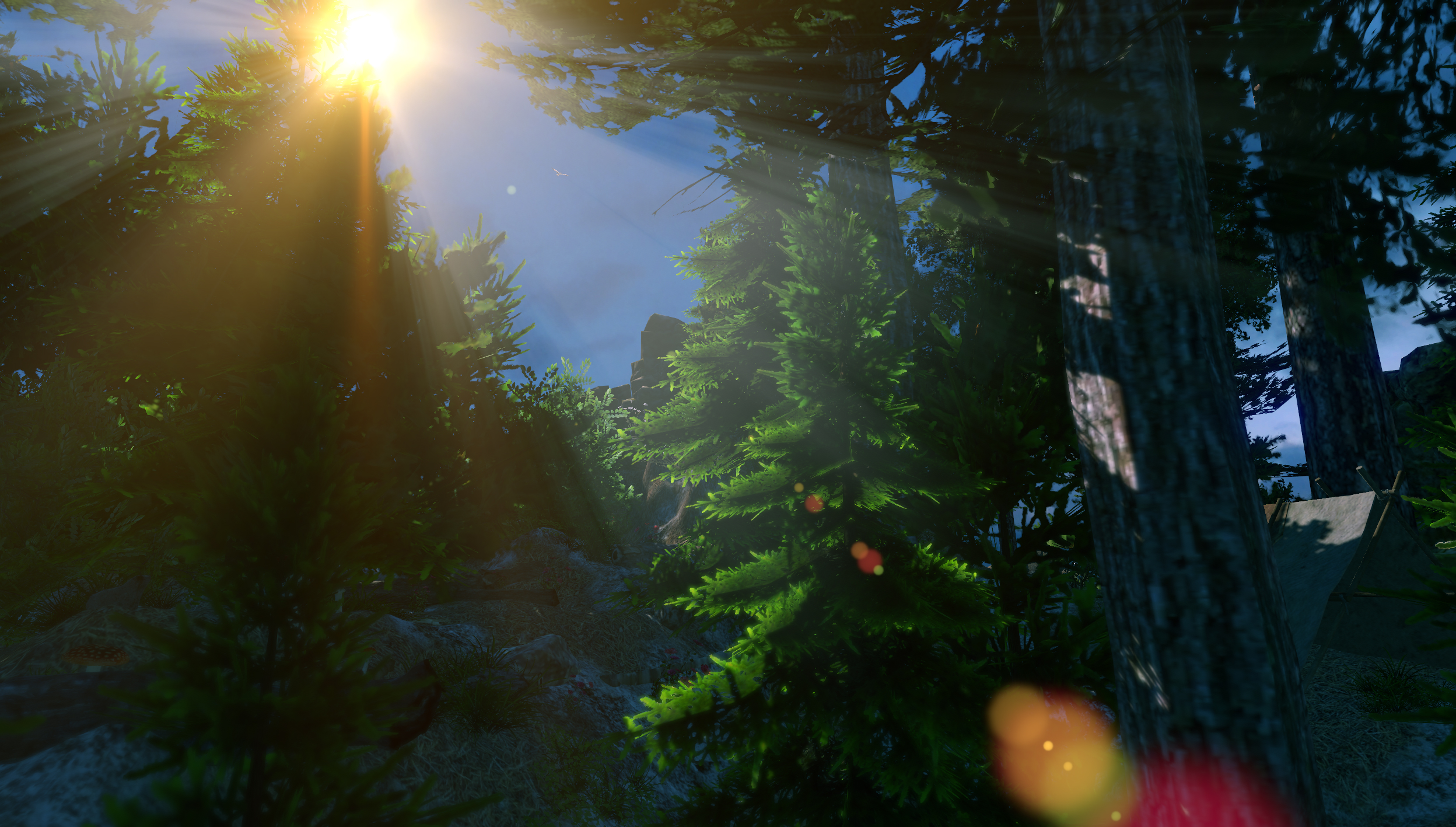
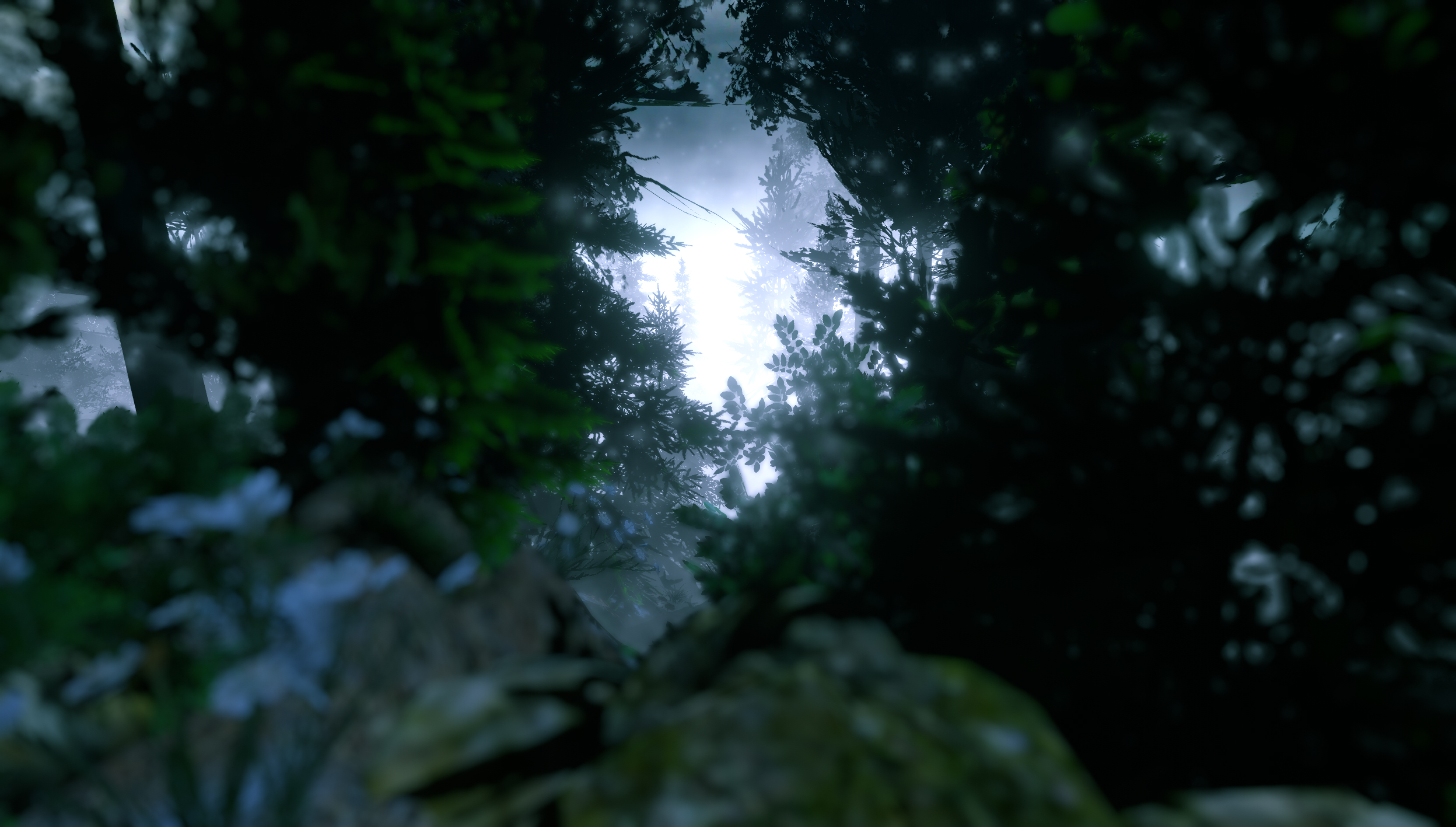
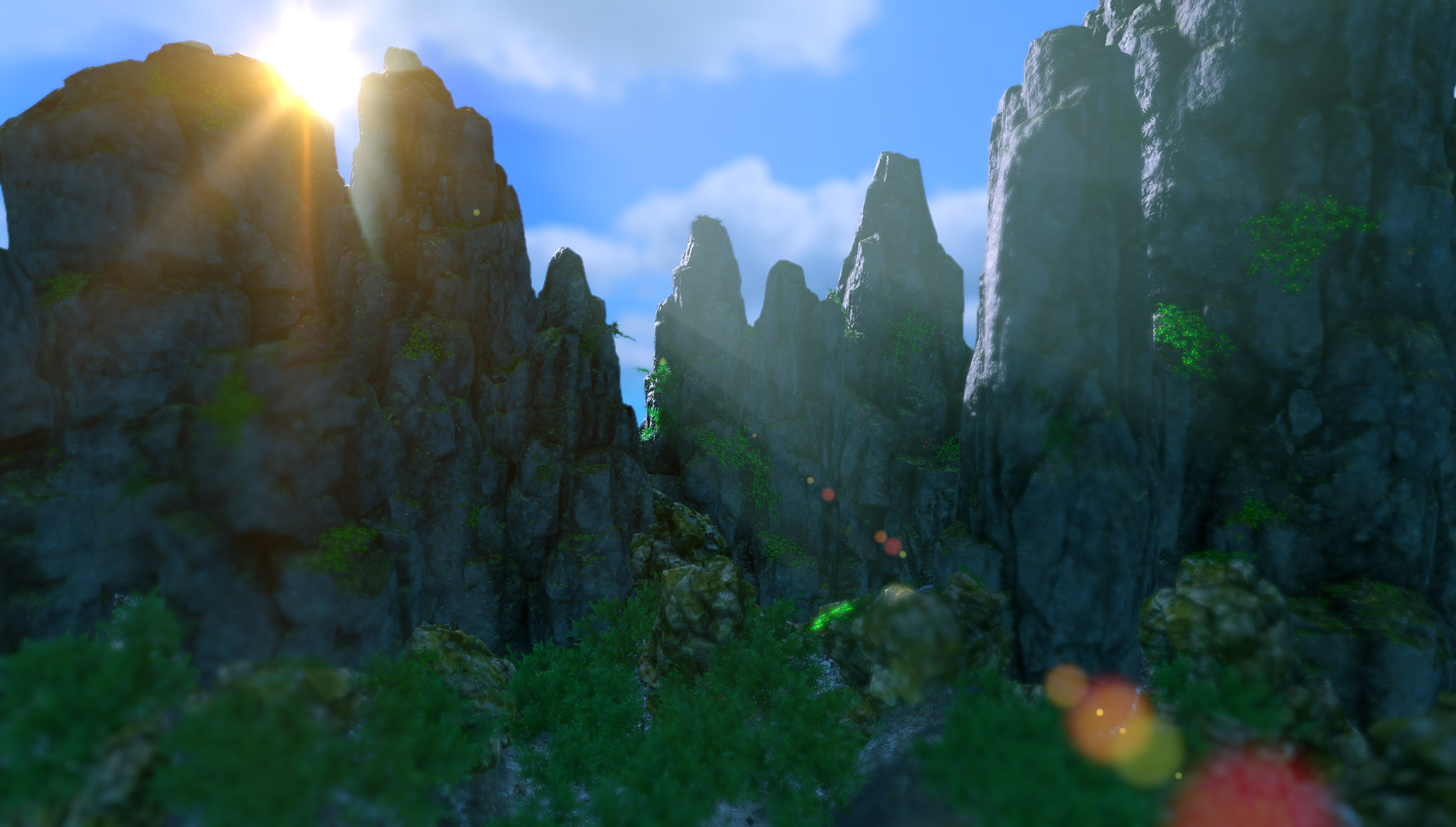
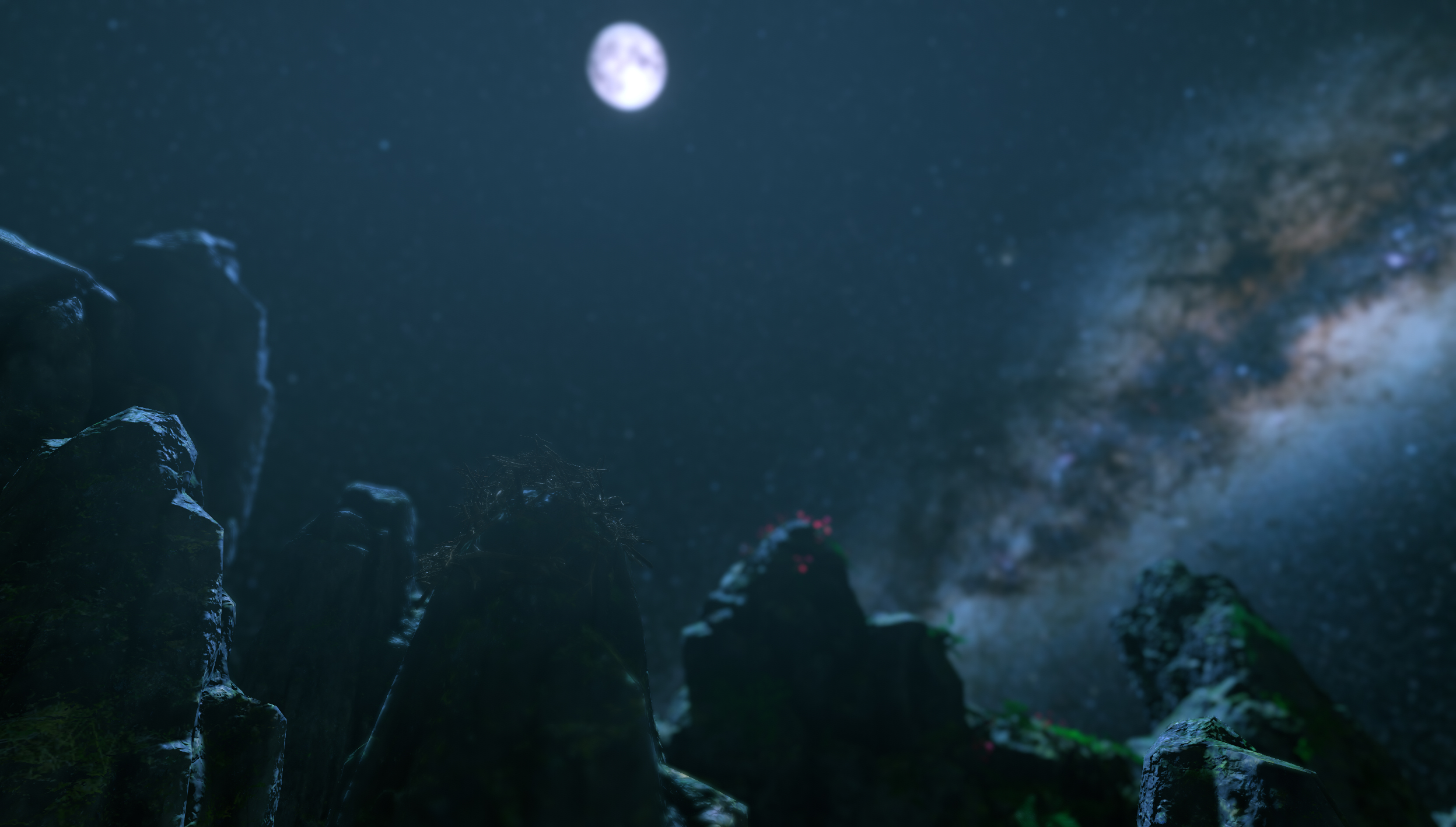
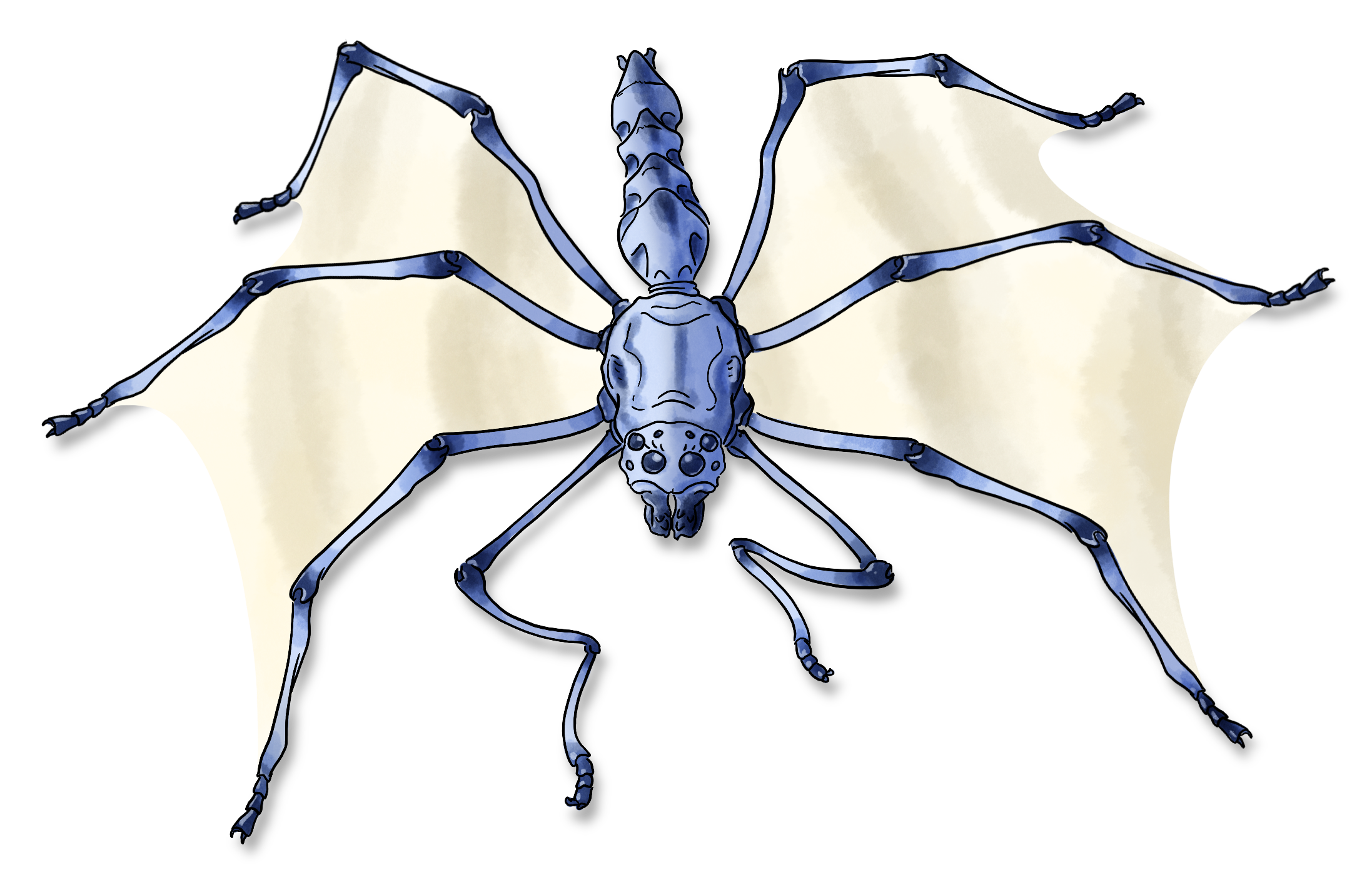
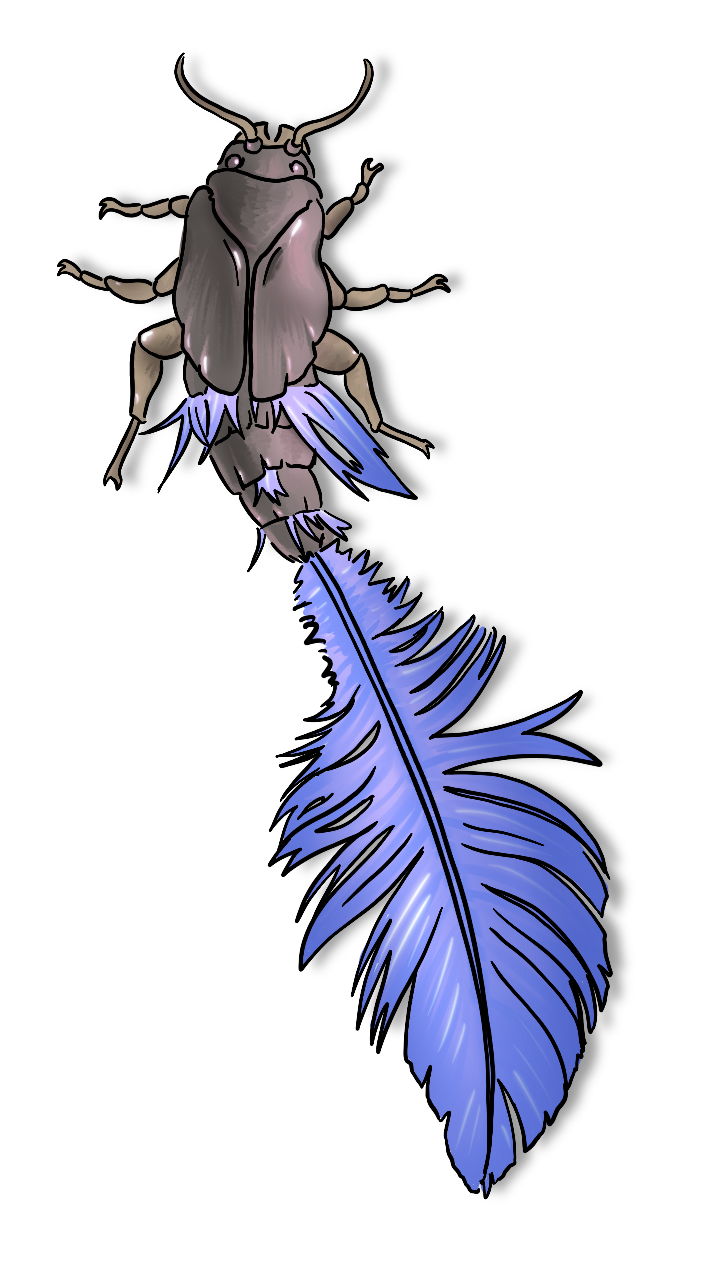

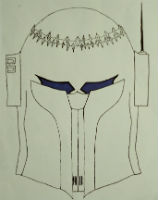
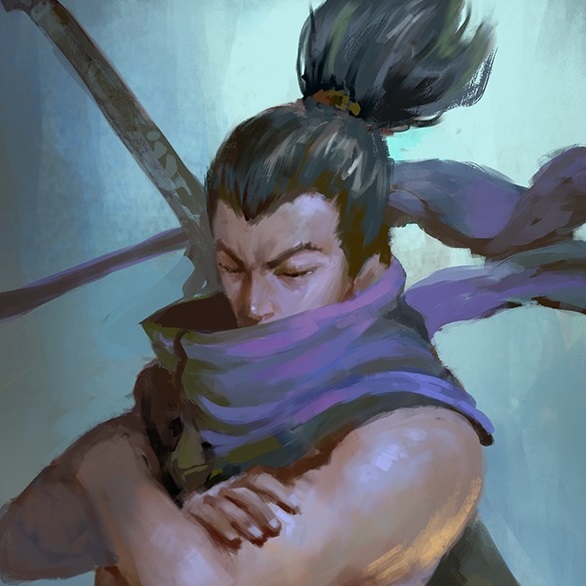
Really fascinating how you gave fantasy names to regular creatures and told us what they are with the tooltips - I'm not sure I have seen that before. But my money's on the Aravigan. That's an really awesome and imaginative critter you have there. I can just imagine people's shrieks of horror as air-ship spiders accidentally hits them in the face. The formatting is grand - overview, geography and then flora is an approach I use as well, so I am biased. But it makes the article easy to read and easy to follow. A comment on that though: I'd consider maybe adding a break between each flora/fauna entry to give them some more space. And if possible, make the two column line up so they end at the same depth. It just looks real nice. :) While environmental destruction and preservation is a theme in the article, I wonder if there aren't any stories you could add into it. Do they have to keep guard from poachers, loggers and miners? Does the Guard struggle with funding or do they get all they need from the tourism? Is there a captain planet on their side (as you mention "Waterblood, Greenblood and Flameblood". Are there any conflicts on or about the island or its inhabitants? Could be fodder for the side panel. Keep up the great work and happy summer camp! :D
Creator of Araea, Megacorpolis, and many others.
Thank you so much for the feedback! I wanted to make sure that each of the creatures I listed were slightly different from their real-world counterparts, so it doesn't feel like I'm just slapping a shoddy latin translation on a tree and calling it original content, so I'm glad you liked that. As far as the "Waterblood, Greenblood, Flameblood" goes, those are the names for specific breeds of magic users in my world, and are more of a workforce than powerful wizards, so sadly there's no Captain Planet coming to save the wildlife. The points about poachers and funding are really good ones, and I'll work on adding my ideas that right away. Most of it will have to go into the dedicated article for the Arbor Guard when I make that, but as the organization and the island are so closely entwined it will fit in here too.